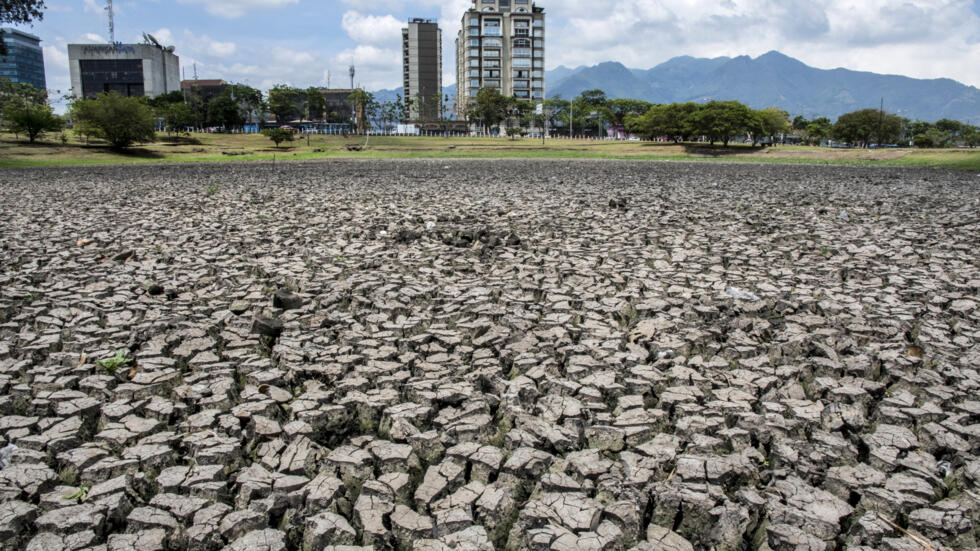As Costa Rica gears up for the dry season, the Instituto Costarricense de Electricidad (ICE), the state-run electricity provider, is taking preventive measures to ensure the lights stay on. With the dry season looming in 2025, and after a rocky experience earlier in 2024, the ICE is already negotiating in the Regional Electricity Market (MER) to secure backup energy. This is a vital step to avoid any repeats of the power outages that plagued the country earlier this year.
The Backdrop: Costa Rica’s Energy Woes in 2024
Costa Rica, a global leader in renewable energy, came dangerously close to power outages in mid-May 2024. The problem arose when the water levels in the reservoirs feeding the country’s hydroelectric plants dropped significantly. The drought led to the near-paralysis of the country’s hydroelectric power plants, which are essential to Costa Rica’s electricity supply. To make matters worse, thermal power plants, which could have provided a much-needed backup, failed to kick into gear due to contract breaches, adding further strain on the grid.
This near-crisis situation has prompted ICE to act swiftly to avoid another energy shortfall in 2025. According to Marco Acuña, president of Grupo ICE, securing backup power is a key priority: “We are moving forward in carrying out the announcements made months ago, to guarantee the supply of national demand with clean energy.”
The Backup Plan: Securing Energy from Regional Markets
In anticipation of the dry season, ICE is negotiating with several energy providers in the Regional Electricity Market (MER). This includes discussions with Gatún and AES, both major players from Panama. ICE is looking to purchase up to 200 megawatts of power, which will act as a buffer during the peak of the dry season.
As Acuña noted, the backup energy will come from clean sources: “We plan to finalize the agreements this year, so that the country has the necessary energy at the right time.” The move to secure energy from Panama comes as part of Costa Rica’s broader strategy to diversify energy sources and build resilience in the face of climate change.
Costa Rica’s reliance on renewable energy is admirable—approximately 99% of its electricity comes from clean sources like hydro, wind, geothermal, and solar. However, during extended dry spells, the country’s hydroelectric reserves take a hit, which is why ICE is ensuring a reliable backup supply.
Learning from Past Mistakes
One question that arose in 2024 during the near-rationing of electricity was whether the surplus energy exported by ICE earlier in the year could have been stored. Between January and February 2024, Costa Rica exported energy to neighboring countries like El Salvador. However, when the country’s own reserves ran low in May, critics questioned whether it was wise to export that energy.
Jorge Sancho Chaves, the coordinator of energy planning and dispatch at ICE’s Electric System Operation and Control Division, explained that while the country had energy reserves in March, the thermal plants rented to generate electricity failed to start up on time. This delay created a bottleneck in Costa Rica’s ability to meet its own energy needs.
At the heart of the issue was Costa Rica’s thermal generation capacity. While the country prefers renewable energy sources, it relies on thermal plants as a backup. The failure of these plants to operate at critical moments in 2024 revealed weaknesses in the system.
The Numbers Speak: Rising Energy Demand
Costa Rica’s energy demand is steadily increasing, a trend that places additional pressure on the nation’s energy grid. Official data from ICE’s Docse division reveals that at 11:00 a.m. on June 6, 2024, the demand for electricity reached 1,804.28 megawatts (MW). By comparison, the demand at the same time in 2023 was 1,792.92 MW, and in 2022, it was 1,652.1 MW. The steady increase in energy consumption is yet another reason why ICE is proactively seeking solutions to meet demand during the dry season.
Despite the challenges, Costa Rica’s energy reserve was expected to reach between 140 and 150 gigawatt hours (GWh) by June 2024, thanks to the onset of the rainy season. Still, this reliance on rainfall for energy generation highlights the vulnerability of Costa Rica’s energy system in times of drought.
Looking Ahead: A Smarter Approach to Energy Security
To tackle future challenges head-on, ICE is not just relying on external energy sources. The company is also ramping up efforts to enhance domestic energy production. This year, ICE awarded contracts for 86 megawatts of solar power and 80 megawatts of wind power. These additions will bolster the country’s renewable energy mix, making it more resilient to fluctuations in water levels during the dry season.
In addition to expanding solar and wind power, ICE is promoting distributed generation, which involves producing electricity closer to where it is used, reducing transmission losses and improving efficiency. The electricity manager of ICE, Verny Rojas, also mentioned that ICE would be contracting available private generation to ensure a stable energy supply.
A Secure Energy Future for Costa Rica
Costa Rica has long been a leader in sustainable energy, and the proactive measures being taken by ICE show that the country is serious about maintaining that leadership. By securing energy from the Regional Electricity Market and investing in domestic renewable energy projects, ICE is setting the stage for a more resilient and secure energy future.
As Costa Rica moves into 2025, the lessons from 2024 will not be forgotten. The near-power outages earlier this year have served as a wake-up call, prompting ICE to take bold steps to avoid a repeat scenario. Whether through international energy purchases or the expansion of domestic clean energy production, Costa Rica is preparing itself for the challenges ahead.
So, as the dry season approaches, Costa Ricans can take comfort in knowing that the lights will likely stay on, thanks to ICE’s careful planning and commitment to a sustainable, secure energy future.

